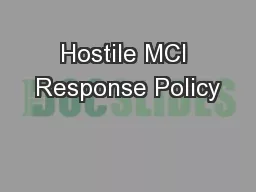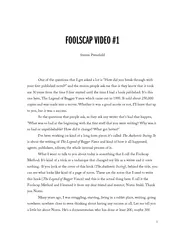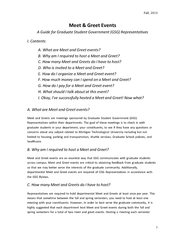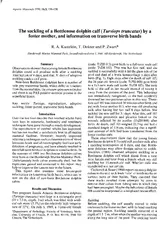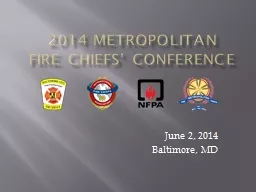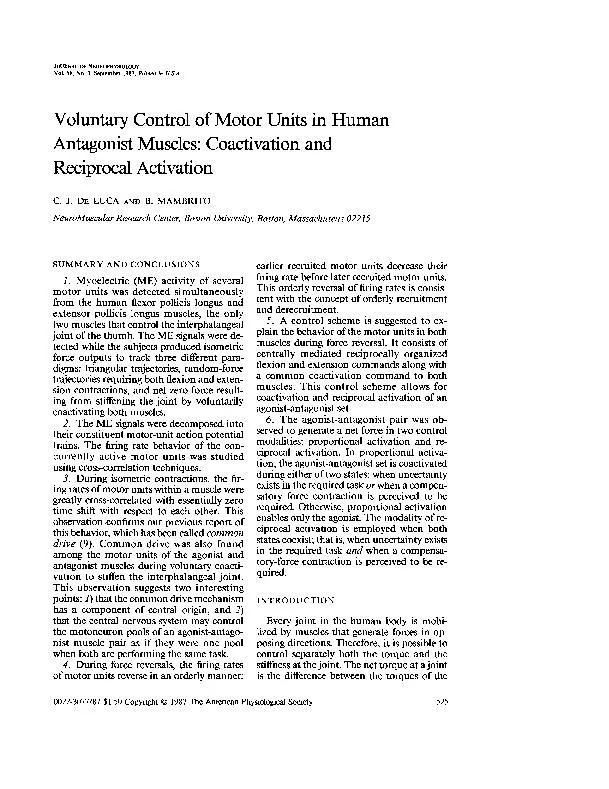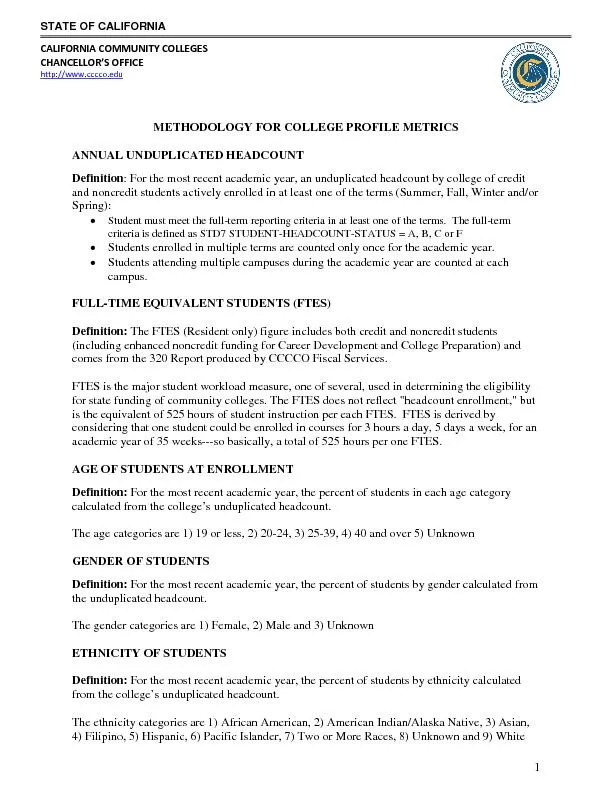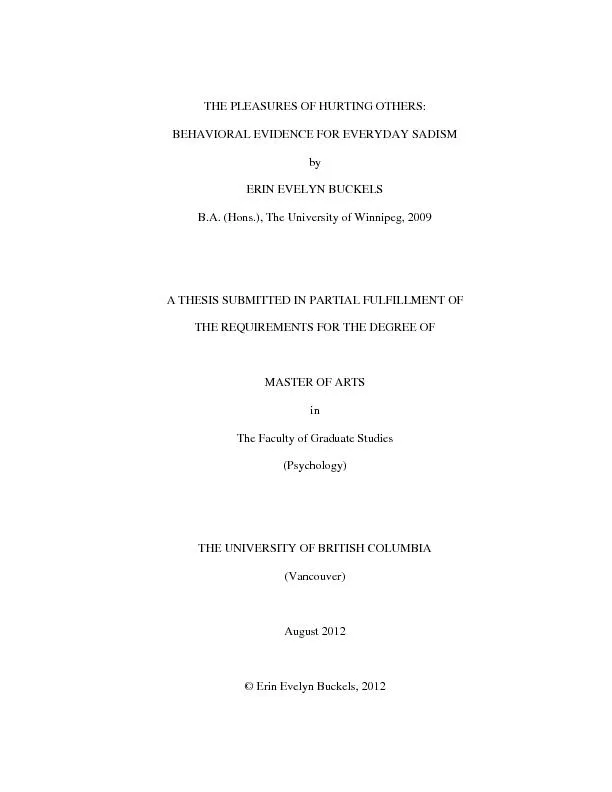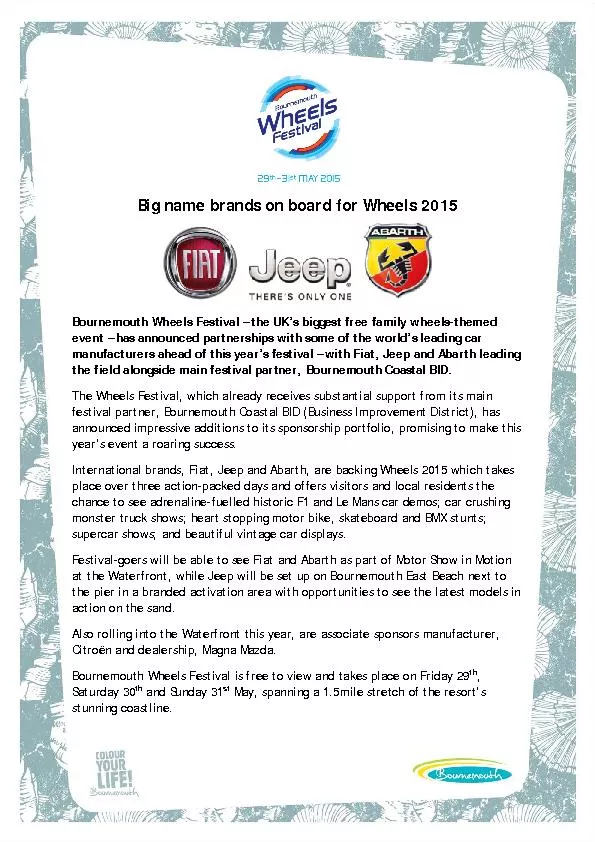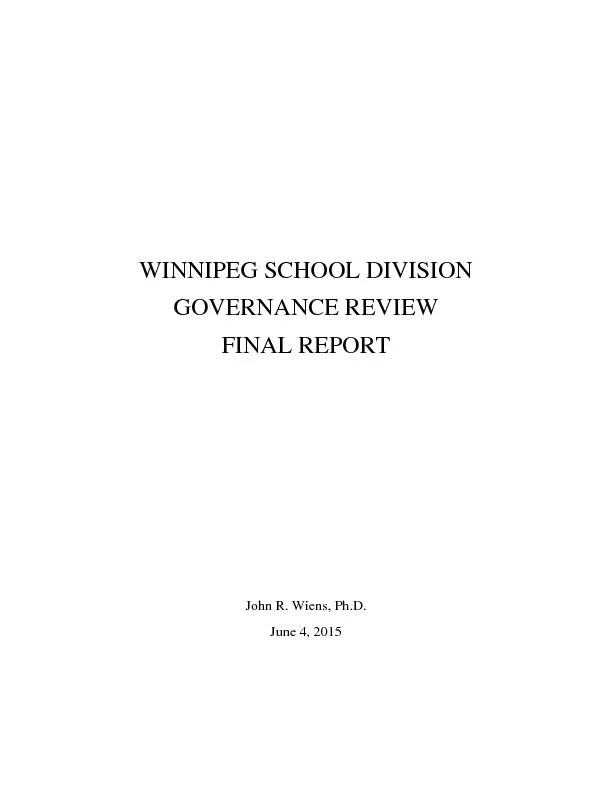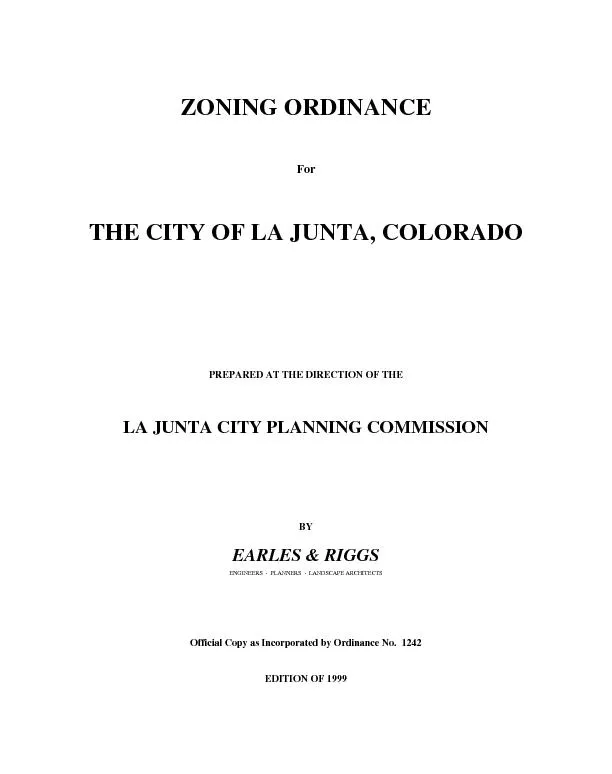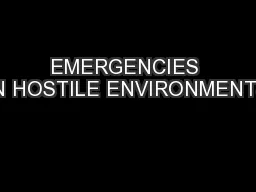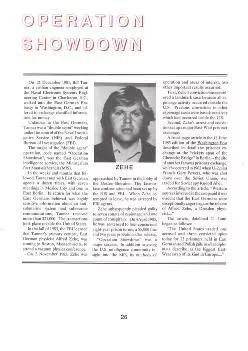PPT-Hostile MCI Response Policy
Author : olivia-moreira | Published Date : 2017-08-05
Southern Nevada Fire Operations SNFO SNFO Hostile MCI Policy In 2011 the Clark County Fire Department was like most first response agencies across the US when it
Presentation Embed Code
Download Presentation
Download Presentation The PPT/PDF document "Hostile MCI Response Policy" is the property of its rightful owner. Permission is granted to download and print the materials on this website for personal, non-commercial use only, and to display it on your personal computer provided you do not modify the materials and that you retain all copyright notices contained in the materials. By downloading content from our website, you accept the terms of this agreement.
Hostile MCI Response Policy: Transcript
Download Rules Of Document
"Hostile MCI Response Policy"The content belongs to its owner. You may download and print it for personal use, without modification, and keep all copyright notices. By downloading, you agree to these terms.
Related Documents

